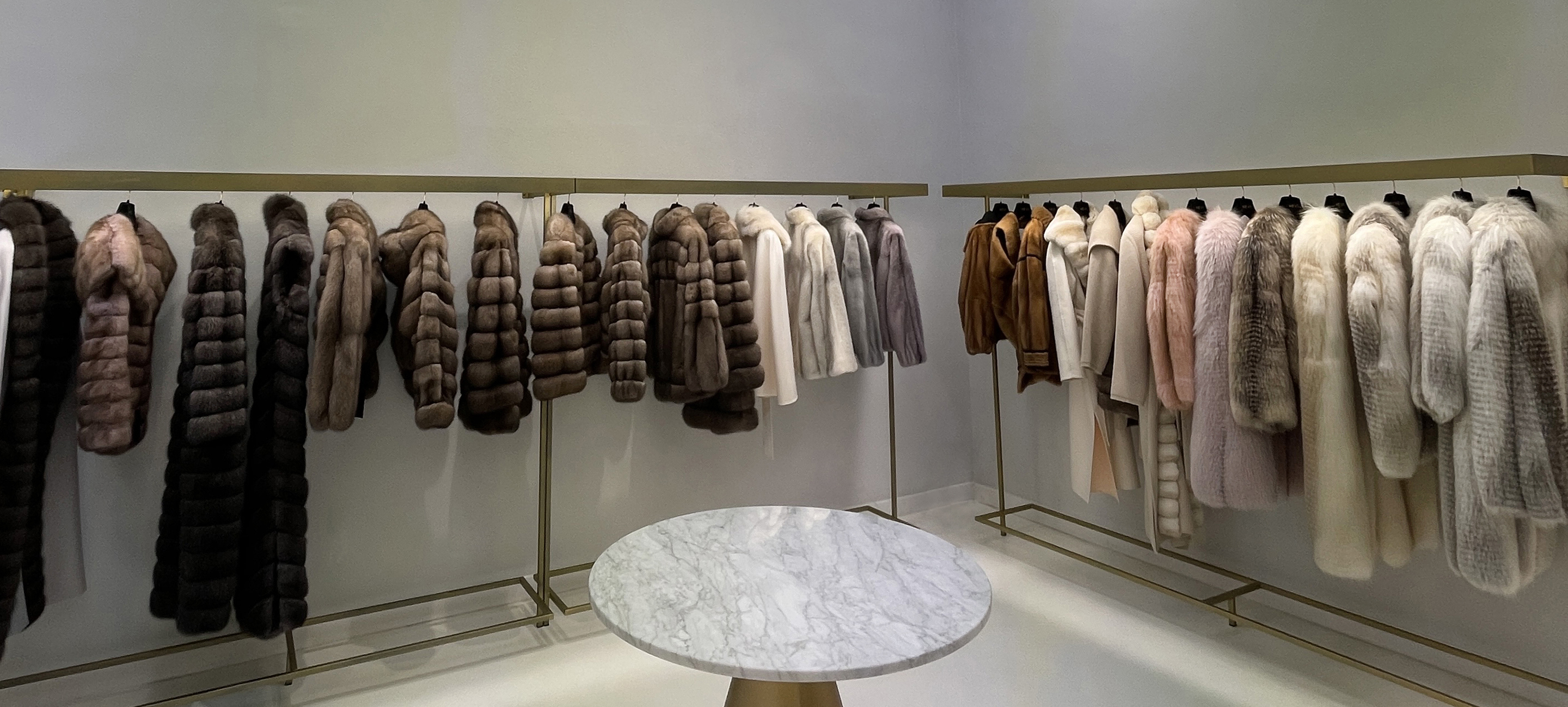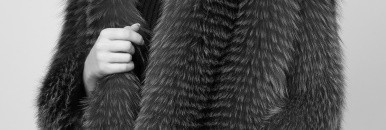
certification
Farm certification ensures responsible fur for the fashion industry
All HEVA garments are made with responsible and certified fur pelts, Made in Italy according to High Quality standards.
For our collections we use only pelts from certified Farms. It is a unique business management system that ensures the animal welfare. Answering the demand for global brands and of the next generation of consumers on sustainability and animal welfare, we follow a program of certification to ensure the production meets the high standards that go well beyond what is required by law.
The system of certification is ensured by a third party auditor. The skins come mainly from European fur farms , which are inspected and compliant with the Recommendation of the Council of Europe on fur farming.
Main criteria of the pelts certification
1. Animal well-being and health
Animal health and welfare are an absolute prerequisite for high-quality animal breeding. On certified fur farms, animal welfare is promoted with immediate and preventive measures.
2. Conditions for rearing animals
Safe and stimulating housing, adjusted to the various cycles in the animal’s life, is the fur animal’s most important immediate environment.
3. Farm hygiene
A neat and tidy farm environment promotes welfare and comfort for both the animals and the farmer. Proactive measures prevent many ensuing problems.
4. Breeding Healthy and trusting animals form the basis for high-quality breeding.
Certified farms do not sell or deliver fur animals to countries which do not meet the requirements.
5. Environmental management
A certified fur farm minimises its impact on the surrounding nature. Detailed provisions for environmental protection are specified in each farm’s environmental permit. In addition, special attention is paid to the correct handling of manure, waste management and the watering system.
6. Feed management
The animals are given regularly analysed feed that fulfils their nutritional needs in each production phase. Domestic raw materials are favoured in the feed production, and the entire feed chain is documented.
7. Training and preparing for exceptional situations
Fur farming is a profession which requires solid hands-on competence as well as ongoing professional development on an annual basis. A certified farm is well equipped to act also in exceptional situations deviating from day-to-day routines.

Furmark® certification
Furmark®: the international brand of sustainable natural fur.
Furmark® is the comprehensive global certification and traceability system for natural fur that ensures animal welfare and environmental standards.
North America Farm-Raised
For North American farm-raised fur, the US and Canada run separate programmes to support quality welfare practices and animal husbandry through responsible and sustainable business practices. These programmes utilize the internationally recognized OIE (World Organisation for Animal Health) Welfare Standards to make sure that farm-raised species meets the highest possible standards.
North America Wild Fur
Wild Fur programmes are subject to a comprehensive system of laws, regulations, checks, and controls. Each of these factors vary depending on geographical provenance and animal species. The programmes prioritize the sustainability and welfare of all fur-bearing species and ensure that population and environmental sustainability are key to wild fur harvesting.
Swakara
Swakara is the name of a specific breed of karakul (high-quality lambskin) from South West Africa. A programme has been developed for swakara producers incorporating codes of practice and standards for production and marketing. Auditing and compliance are a key part of this process.
Sable
In Russia, a detailed programme has been developed for farm-raised sable in cooperation with the Moscow State Veterinary Academy. Wild sable is regulated under the Ministry of Natural Resources and strict rules and regulations apply to harvesting, animal welfare, sustainability and traceability.
Dressers & Dyers
Furmark® certified dressers and dyers are committed to using chemicals from an agreed list, satisfying laboratory verification requirements and government oversight on factories environmental footprint.










